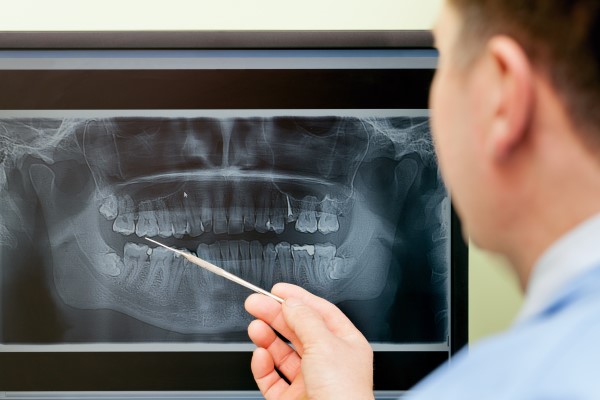The FAQs of Bone Graft Aftercare

A dental bone graft is the recommended procedure to restore a deteriorated jawbone. Many patients often want to know how quickly their bones will heal and what the aftercare process is after this treatment. The following are answers to some of the most commonly asked questions regarding dental bone graft aftercare.
What is a dental bone graft?
A dental bone transplant is a procedure that uses bone tissue to help the body recover and rebuild itself. Bone graft materials may be sourced from donors or the patient's body. Dental bone grafts help to repair and stabilize bone that has been injured or is structurally compromised. This can be useful for securing loose teeth, promoting bone development following extraction, and preparing the site for dental implants.
What to expect after a bone graft
The healing procedure for a bone graft is simple. A local anesthetic is generally used during your dental bone graft procedure. The patient's gums may feel painful following the procedure because a tiny incision is made in the gum to implant the graft. Patients can alleviate the pain with over-the-counter nonsteroidal anti-inflammatory medications and apply ice to decrease swelling. The new bone will blend in with the old bone in the months after the dental bone graft.
If the bone graft is done to prepare for a dental implant, the dentist will make sure the graft is completely healed before inserting the implant abutment in the jaw. After this has healed, they will make a mold of the teeth for a custom-made implant crown.
How to care for a bone graft
A dental bone graft requires the same care as any other dental procedure. The dentist will offer specific aftercare instructions, but here are some basic recommendations for caring for a dental bone graft:
- Stick to soft foods only; pasta, yogurt, and steamed veggies are all excellent choices
- Avoid foods that are spicy, salty, or excessively hot as these can potentially aggravate the graft area
- Avoid hard or sticky meals; these have the potential to harm sutures and create discomfort
- Avoid chewing around the area; this also helps to keep the sutures safe
However, for maximum recovery, always follow the dentist's precise instructions.
How long does it take for a bone transplant to heal?
The time it takes for a dental bone transplant to heal varies from patient to patient. The area should heal in a week or so following the procedure, although each situation is unique. The actual bone graft procedure might take months to complete.
How long does the discomfort from a dental bone transplant last?
The answer to this question is, once again, very varied. Patients who care for their oral cavity properly should experience minimal discomfort for a short period. Usually, the physical process of transplanting bone to existing bone is not unpleasant.
Are there any risks associated with dental bone grafts?
Bone grafting is a common dental procedure that is thought to be safe with minimal risk of complications. However, there are a few dangers that every patient should be aware of, including infection, bleeding, and nerve injury due to a blood clot. Patients need to contact the dentist immediately if they notice anything out of the ordinary.
Getting a bone graft
If you have additional questions about the possibility of a bone graft, contact the dental office to book an appointment.
Request an appointment here: https://www.mysaratogadentist.com or call My Saratoga Dentist PLLC at (518) 675-3094 for an appointment in our Saratoga Springs office.
Check out what others are saying about our services on Yelp: Bone Graft in Saratoga Springs, NY.
Recent Posts
Dental practices work to provide strategies and guidance to individuals for maintaining strong teeth and gums. While brushing and flossing are indispensable habits, the foods and beverages individuals consume each day also influence oral health. Having a firm grasp on food, particularly how it affects oral health, can reduce the risk of tooth decay, enamel…
You are not alone if your busy schedule has prevented you from making regular visits to a dental practice. Though dental visits are important for oral health, people often put them off for a number of reasons, such as a lack of time. However, the following are signs that it is time to prioritize getting…
Dental bridges are an effective option for people missing teeth due to trauma, infection, or decay. They can prevent the teeth from shifting, a common side effect of missing teeth. They also restore normal oral function and appearance. Here are a few types of dental bridges a dentist might consider.A traditional dental bridge is the…
Dental practices continue to serve as reliable sources of information for individuals seeking to maintain optimal oral health. However, myths often cloud the decision-making process related to daily care, recommended procedures, and overall dental well-being. My Saratoga Dentist PLLC seeks to debunk the five most common dental myths to help people regain control over their…


